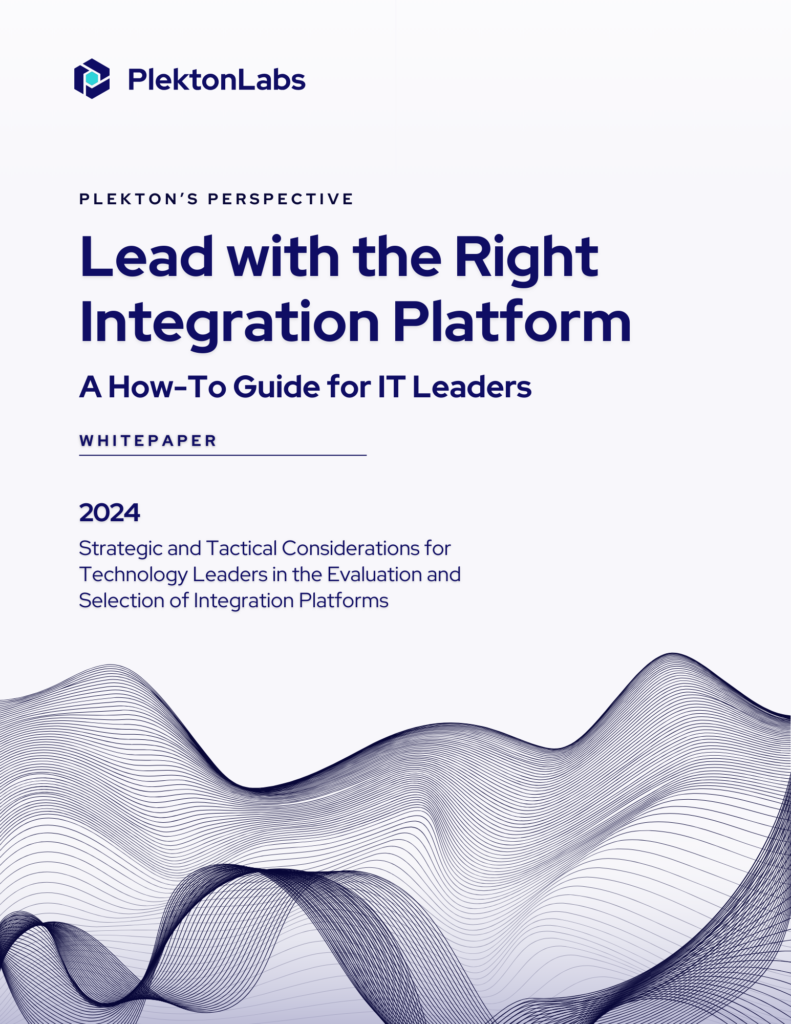The advent of digital transformation was already shaking things up in organizations, and then COVID-19 kicked it up several notches. Crises always push people to find creative solutions to existing problems, teaching them to grow and become more resilient.
Many businesses and their staff have come out of the pandemic stronger than before, although the process has been far from easy. If there was one lesson we can learn from the past year, it’s that change is ongoing, sometimes gradual but often sharp and sudden. Businesses need to continue to innovate and adjust to changes and do so in a way that doesn’t feel disruptive or overwhelming to their employees.
So what is the easiest way to encourage innovation and embrace change? When it comes to strategic business imperatives, learning is often seen as underrated. But it is one of the more important strategies when it comes to vital future-oriented business strategies. Companies need to invest in regular employee learning and different divisions have to identify and promote the things they need to learn to keep in touch with industry trends. Learning as a business strategy encourages employees to be willing to put in the time and effort to learn and meet the demands of their line of work.
How Learning Works as a Business Strategy
In order to view learning as an important business process, you have to see it as a part of the innovation package. Because of new ideas and technologies flooding the market, and a new form of disruption seems to be lurking right around the corner, new skills and adaptability are more important than ever.
This is where the capacity for long-term, ongoing learning is vital for any enterprise. This propensity for continual learning needs to start from upper management, down to teams, and then individual employees themselves.
To successfully incorporate learning into your business strategy, start by examining the learning currently taking place in your company. How effective is the learning taking place? What areas need improving? Do you have enough resources for continuous training and evaluation?
Outline your strategy for the learning program. This is a lot like creating a curriculum and academic calendar and then combining it with everyday business operations. Because this step is complex and often time-sensitive you might need to call in for professional trainers and educators to help. Learning as a business strategy isn’t a one-day seminar. It is an ongoing process that requires time and commitment.
From here, you will take what is learned and use them to solve current and future issues. Information should be made easily accessible for staff so they can implement what they’ve learned every day at work. At the same time, they will learn to see their newfound knowledge/skills as the foundation for future learning.
How to Make Learning a Part of Company Culture
Like all kinds of innovative strategies, learning needs investment but has tangible results in the long run. Training and teaching may cost your business in the beginning, but over time you will notice that your employees perform better, handle change and crises better, are more productive, and foster stronger connections with their workplace.
Learning for innovation has to be incorporated into any organization’s operating model, with certain designs for different learning outcomes. Any employee-related strategies should always be based on the business strategy to drive which capabilities are required for the workforce. This should be converted to a learning strategy that guides the design of the operating model strategy. Because business strategies need to be agile to meet ever-evolving business needs, the learning operating model should have corresponding flexibility to be effective.
It can take time to organize learning at an organizational level, so starting small is a good idea. It is vital to combine HR learning with business functions to work in tandem
Learning and skill development needs to be carried out proactively. To be a proper asset and make up for the expenses spent, learning needs to be built into everyday work life, in a planned manner and proper goals to be effective
Next, learning aimed at a more middle level of the business provides the opportunity to help speed up the whole process. Teams or departments are where employees spend most of their time working, and where they have the opportunity to learn, make mistakes, and ask for help when needed.
Innovation involves risk-taking and everyone needs to understand that mistakes will happen and that it’s normal. Employees need to feel safe and have a space to learn from errors without rebuke, and upper management should understand that growth and learning is a continuous process.
There are many easy ways to use existing knowledge within the organization. For instance, one can create specific learning paths for teams gearing to adopt new skills and practices, everyday coaching of agile teams, and leadership teams. Departments can encourage formalized mentorship and bursary programs for underrepresented groups.
At the end of the day, it is the individual learner who is in charge of their learning and looks for methods of innovation in their work. Organizations can provide structured learning support through self-directed learning, one-on-one coaching, mentoring, and sponsorship programs. Companies can create learning opportunities, but they must also encourage employees to take learning into their own hands.
Studies have shown the ability to consistently learn new skills is vital to business success and helps seek out leadership potential. Quick thinking, creative ideas, seeking challenges, and accepting critical feedback are just a few ways in which an employee’s growth and knowledge can be seen in their work.
Such traits need to be encouraged and incentivized by management, but individuals also need to be proactive and self-motivated to absorb these skills and actions. Besides that, they should be motivated to apply that learning in their line of work.
Final Say
There are always complexities and costs to maintain large-scale strategic learning support, but to beat out the competition and drive more rapid innovation, organizations must accept learning as a strategic business initiative. If your company, team leaders, and staff can embrace this, your organization won’t just make it through this crisis, they will also innovate enough to thrive in the future. Continuous learning can even help employees to seek out and perform the work they find meaningful, interesting, and valuable to allow them to reach professional and personal goals.





